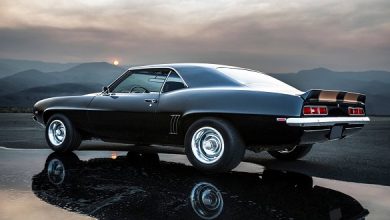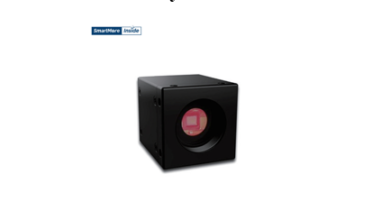How are Dubai’s Tall Buildings illuminated?

Dubai, the dazzling metropolis of the United Arab Emirates (UAE), is renowned for its iconic skyline adorned with some of the world’s tallest and most spectacular buildings. These architectural marvels stand as a testament to human ingenuity and technological prowess, but what truly sets them apart is their mesmerizing illumination after dusk. Facade lighting in UAE’s tall buildings plays a vital role in enhancing the city’s nocturnal aesthetics and creating a breathtaking visual spectacle for both residents and visitors alike.
The Pioneering Spirit of Dubai
Dubai has always been at the forefront of innovation and extravagance, and its approach to illuminating tall buildings is no exception. The visionary leaders of the city understand the significance of presenting their city as a global hub of luxury and opulence, and facade lighting serves as the perfect medium to accomplish this goal. With modern technologies and cutting-edge lighting techniques, Dubai’s tall buildings have transformed into architectural canvases, providing artists with a unique opportunity to weave captivating light shows across the cityscape.
Challenges in Facade Lighting
Illuminating tall buildings in a climate as diverse as Dubai’s poses several unique challenges. The sweltering heat and extreme temperatures, which can reach up to 50°C (122°F) during summers, demand robust lighting solutions capable of withstanding the harsh conditions. Additionally, the city’s coastal location exposes the buildings to saltwater and humidity, necessitating durable and corrosion-resistant lighting fixtures. Despite these challenges, the UAE’s advanced building facade lighting systems have succeeded in creating awe-inspiring visuals that stand as a testament to human creativity and perseverance.
Technological Marvels: LED Revolution
One of the key elements that have revolutionized facade lighting in UAE’s tall buildings is the widespread adoption of Light Emitting Diode (LED) technology. LEDs offer numerous advantages over traditional lighting methods, including energy efficiency, longer lifespan, and a wide range of color possibilities. Moreover, LEDs provide precise control over each individual diode, enabling dynamic lighting displays and animations that can be perfectly synchronized across vast skyscrapers. This allows architects and lighting designers to create awe-inspiring visuals that evoke a sense of wonder and amazement among onlookers.
Interactive Facade Lighting
The integration of interactive elements in facade lighting has further elevated the visual experience of Dubai’s tall buildings. Many structures feature lighting systems that respond to various stimuli, such as sound, motion, or even social media interactions. This interactivity fosters a deeper connection between the buildings and the public, making them not just static structures but living, breathing entities that engage with the surrounding environment and people.
Sustainable Lighting Practices
In recent years, Dubai has also embraced sustainability and green practices in various sectors, including architecture and lighting. Several tall buildings in the city have implemented smart lighting systems equipped with sensors and automation technology. These systems adjust the intensity and color of the lights based on ambient light conditions and foot traffic, optimizing energy consumption and reducing light pollution. By combining the splendor of facade lighting with eco-conscious practices, Dubai demonstrates its commitment to environmental responsibility and the well-being of its residents. Feel free to visit to learn more about – Gramhir
Architectural Masterpieces Unveiled
The iconic Burj Khalifa, standing tall at a staggering 828 meters (2,717 feet), exemplifies the grandeur of facade lighting in UAE’s tall buildings. Its mesmerizing LED light display accentuates the tower’s sleek lines and elegant architecture, transforming it into a dazzling beacon that can be seen from miles away. The Burj Khalifa’s lighting design also celebrates various national and international events, highlighting the spirit of unity and celebration in Dubai.
Another remarkable structure is the sail-shaped Burj Al Arab, a luxury hotel that has become a symbol of opulence and luxury in Dubai. Its facade lighting showcases a brilliant choreography of colors, illuminating the building with a mesmerizing play of light and shadows that mirrors the shimmering waves of the Arabian Gulf.
Beyond these iconic structures, countless other tall buildings in Dubai feature equally impressive facade lighting designs. From the twisting Cayan Tower to the striking JW Marriott Marquis Hotel, each structure adds its own unique touch to Dubai’s vibrant nocturnal skyline.
Conclusion
Facade lighting in UAE’s tall buildings has transformed Dubai into a captivating playground of light and color, breathing life into the city after sunset. Through innovative technologies, interactive elements, and sustainable practices, Dubai’s architects and lighting designers have crafted a nighttime wonderland that draws in residents and tourists alike. As the city continues to grow and evolve, the radiant glow of its tall buildings will remain a testament to the unyielding spirit of innovation and the unwavering pursuit of architectural excellence in the United Arab Emirates.




